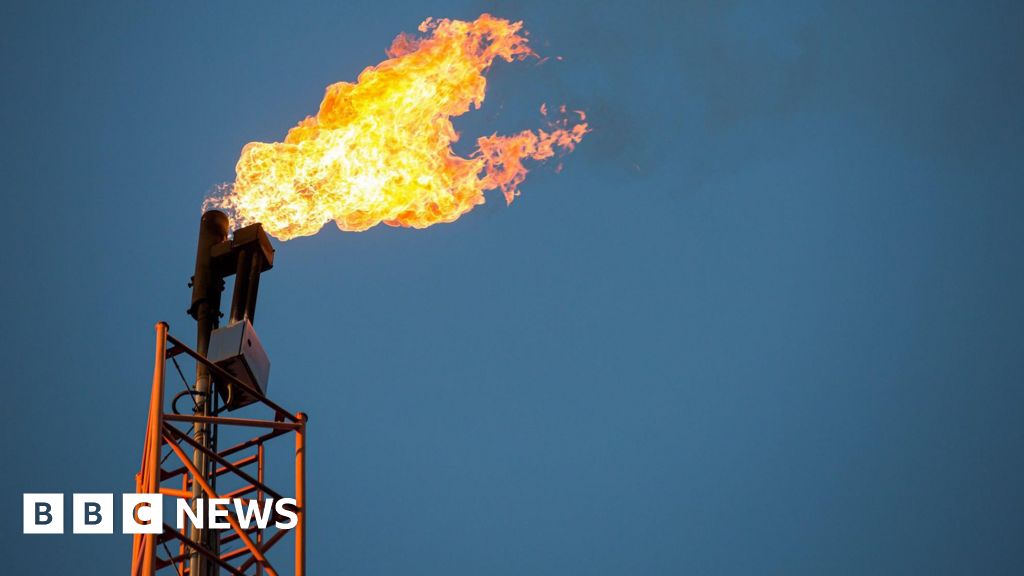By Esme Stallard
Google said when it was launched it hoped its project would “fill gaps between existing tools”.
The company was using its artificial intelligence tools to process the data and generate a global methane map.
But after just a year in orbit, in what was meant to be a five-year programme, communication was lost with MethaneSat.
The team at EDF suspect that the satellite has lost power and said in a statement “that it is likely not recoverable.”
It went on to say that some of the software could be re-used but said it was too early to comment on whether a new satellite would be launched.
“To solve the climate challenge requires bold action and risk-taking and this satellite was at the leading edge of science, technology and advocacy,” it added.
One of the other major publicly-available sources of methane data is hosted by CarbonMapper. One of its sources of data is the TROPOMI instrument aboard the European Space Agency’s Sentinel-5P satellite. Although it continues to send back data its seven-year programme was meant to finish in October.
It is unclear how much longer it can continue to collect information, further limiting global efforts to track the greenhouse gas.
